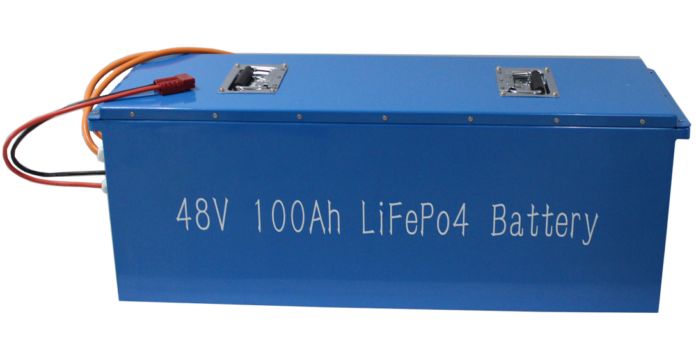Lithium iron phosphate or LiFePO4 batteries are high-performing batteries used in various devices. Commonly they are present in smartphones, tablets, computers, and watches. However, LiFePO4 batteries are also used for heavy-duty tasks like marine and solar systems.
Since LiFePO4 batteries are comparatively new in the market, many users question their worth. Although these batteries offer remarkable features, manufacturers strive to improve their performance further. For instance, some manufacturers have introduced a battery management system in their units. You can check out this fantastic product, lifepo4 bms 48v, if you are looking for a LiFePO4 battery with a built-in Battery Management System.
Weight And Cycles
The cycle capacity of LiFePO4 batteries is greater than other batteries. They work up to 10,000 cycles. In comparison, lead-acid batteries only work for 500 cycles, and lithium-ion can cycle from 500 to 1000.
Next comes the weight. Usually, the more current a battery supplies, the more it weighs. Fortunately, the LiFePO4 batteries break this convention and are one-third the weight of lead acid batteries and half the weight of lithium-ion batteries.
Good Charging and Minimal Self-Discharging
Lithium Iron Phosphate batteries offer a quicker charge of two hours or so. In comparison, lead-acid batteries require long hours. They have four times higher energy density, hence the fast charging.
Various experiments prove that LiFePO4 batteries have a lower discharge rate. If you are not using the battery, it will only discharge up to 2% in a month. In comparison, a lead-acid battery has a discharge percentage of 30%.
Shelf-Life
Sometimes you need to store unused batteries. However, which ones will work upon a revisit depends upon the chemical construction. Lithium-ion and acid lead batteries have a shelf life of 300 and 180 days, respectively. Contrastingly, Lithium Iron Phosphate batteries last longer than 350 days.
Safety
Batteries tend to overheat and eventually catch fire. Manufacturers have built the LiFePO4 batteries with the highest thermal and chemical stability. The inside contents don’t overheat the battery during the job and keep it from igniting.
However, lithium-ion and acid-lead batteries overheat and often cause battery fires. However, the frequency of fires is less in lithium-ion. But they happen.
Next, LiFePO4 batteries are greener than all battery kinds. The chemical compounds are less soluble and don’t diffuse into the environment (even on improper disposal). In comparison, acid-lead and lithium-ion batteries cause severe damage to the environment. That is why proper disposal is necessary.
Are LiFePO4 Batteries Better?
Reading all the pleasantries doesn’t justify the worth of LiFePO4 batteries. Right? Lithium iron phosphate batteries may seem expensive, but they prove remarkably economical in the long run. For instance, they don’t require any maintenance and are energy efficient. Moreover, they don’t discharge fast, so you can easily store them for later use.
The Bottom Line
LiFePO4 batteries are versatile. You can use them for various applications. However, the scary price tags make buyers question their worth. LiFePO4 batteries are no doubt a worthy investment. They are perfectly safe, lightweight, and charge fast.
Although the initial price may seem expensive, if your factor in the durability of LiFePO4 batteries, you’ll find it’s a fair trade-off. Lithium Iron Phosphate batteries are a cleaner and more reliable power source; above all, they are resistant to short circuits and accidental falls.




